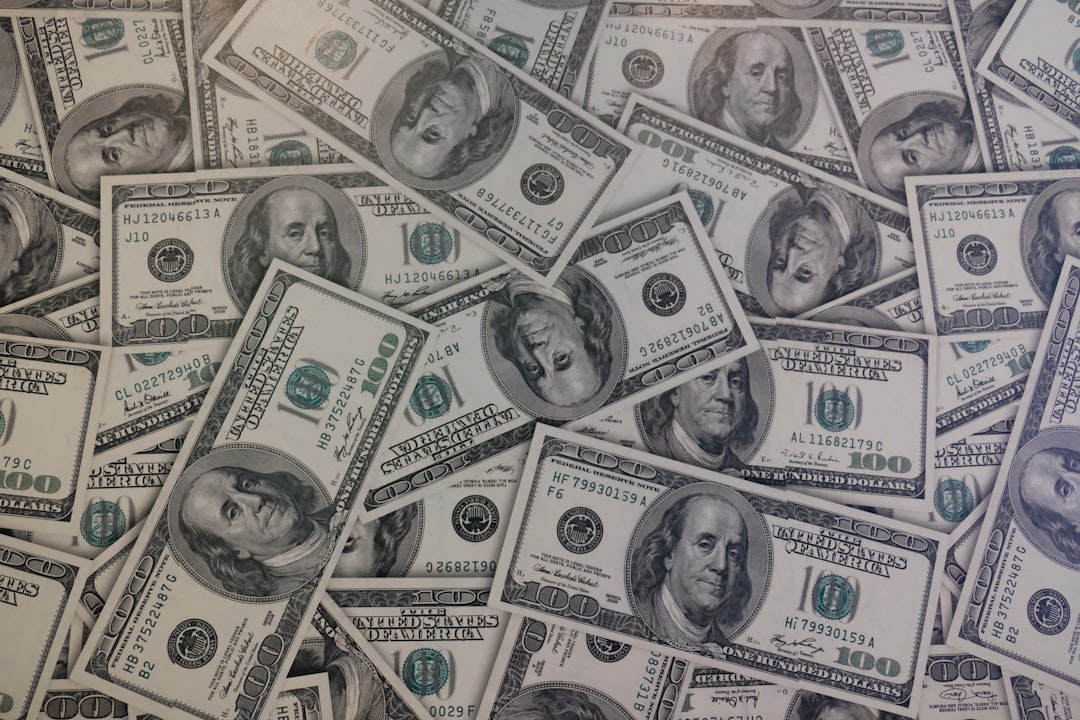Dollar Near Multi-Year Lows as Markets Price in Fed Rate Cut Amid Trade Optimism
By Tredu.com • 2025-06-30 08:04:49
Tredu

The U.S. dollar continued to weaken on Monday, falling to multi-year lows against major global currencies as investors ramped up expectations of Federal Reserve rate cuts and cheered progress in U.S. trade negotiations.
Dollar Slips as Rate Cut Bets Strengthen
The U.S. Dollar Index (DXY) slipped 0.1% to 97.083, hovering near its lowest level in more than three years after dropping to 96.933 last week. The weakness was broad-based, with declines seen across:
-
USD/JPY: The dollar fell further against the yen as risk sentiment turned and safe-haven flows resumed.
-
EUR/USD: Hovered near a four-year high, supported by dovish Fed expectations and improving sentiment in the Eurozone.
-
GBP/USD: Sterling strengthened to its highest since mid-2021, driven by risk-on flows and broad dollar softness.
-
USD/CHF: Touched a decade-low, with the Swiss franc benefitting from haven appeal and Eurozone demand spillovers.
📊 Track real-time FX movements via the Forex Daily API
Trade Progress Adds Pressure to Dollar
U.S. dollar declines accelerated after a wave of trade-positive developments:
-
China and the U.S. neared final terms on a revised tariff deal
-
Canada revoked its digital services tax and reopened negotiations with Washington
-
Ongoing talks with Japan and the U.K. continue to support optimism for broad-based trade normalization
These actions reduce global uncertainty and shift investor focus toward risk assets, reducing the dollar’s appeal as a defensive play.
Powell's Dovish Stance, Trump Pressure Weigh on Fed Credibility
Fed Chair Jerome Powell's recent testimony suggested a data-dependent stance, acknowledging that rate cuts are possible if inflation remains muted despite tariff-related pressures.
Markets interpreted the comments as dovish, and rate cut bets surged:
-
91.5% probability of a September cut, up from 83% a week ago, according to the CME FedWatch Tool
Political pressure added further strain. President Donald Trump:
-
Publicly criticized Powell again on Friday
-
Reiterated his desire to slash the federal funds rate to 1%
-
Indicated he may appoint a more dovish Fed chair if Powell resigns
Key Risk Event: U.S. Jobs Report
All eyes now turn to Friday’s Non-Farm Payrolls report, with analysts warning of asymmetric risk for the dollar.
“The dollar is more likely to suffer a rout on weak numbers than rally on a hot outcome,” noted Chris Weston, Head of Research at Pepperstone.
Strong labor market figures may delay a rate cut, but a weak reading could seal the deal for the September meeting.
Fiscal Outlook: Eyes on Trump's Tax Bill
Another layer of pressure on the dollar comes from fiscal risks. The Congressional Budget Office (CBO) estimates that Trump’s proposed tax and spending bill could add $3.3 trillion to the national debt over 10 years, further denting long-term dollar confidence.
Outlook: Policy, Politics, and Payrolls
With dovish Fed signals, trade optimism, and fiscal concerns converging, the dollar may remain under pressure unless incoming data strongly rebuts the case for easing.
Investors should monitor:
-
U.S. payroll and inflation data
-
Congressional action on tax reform
-
Statements from Fed governors in the lead-up to the July FOMC meeting